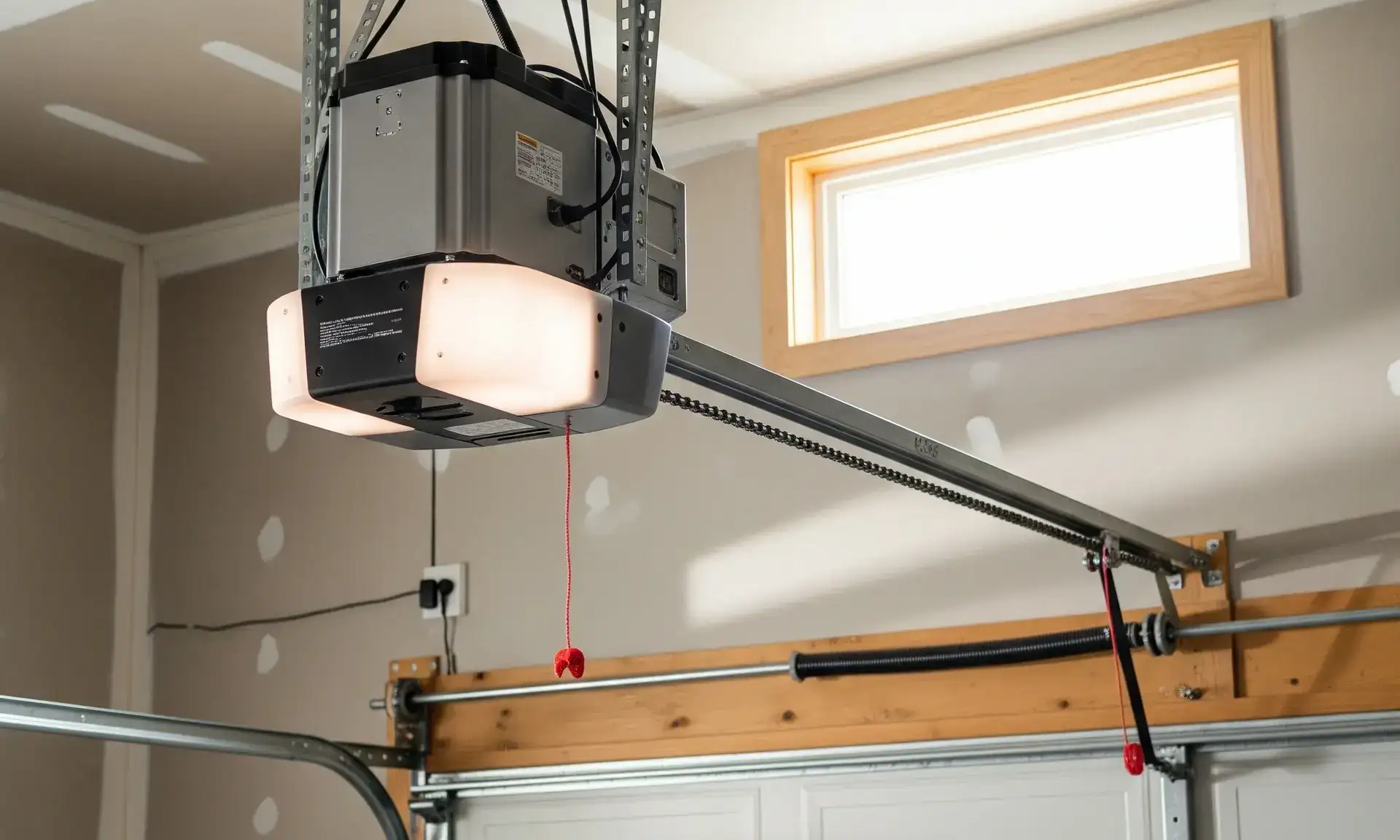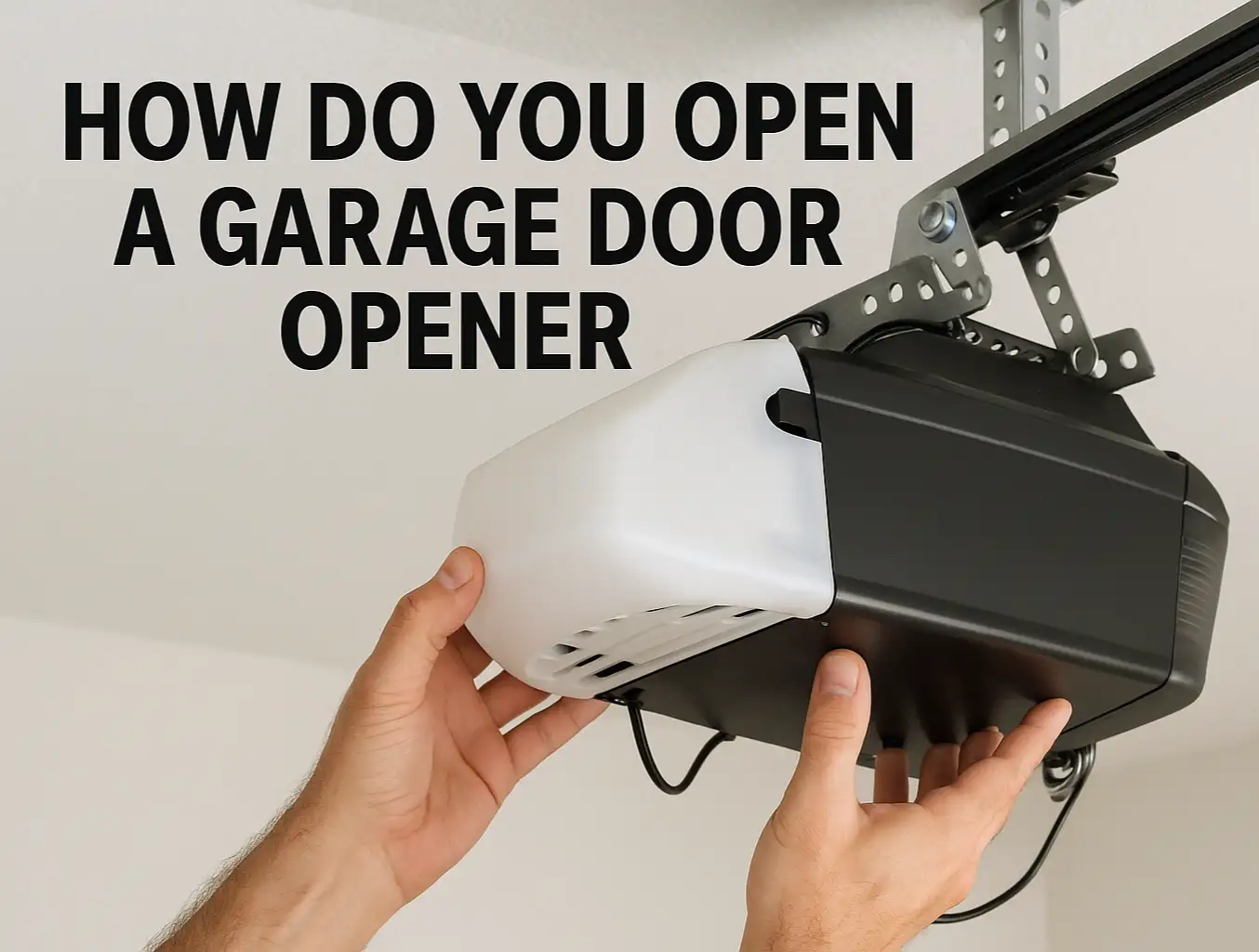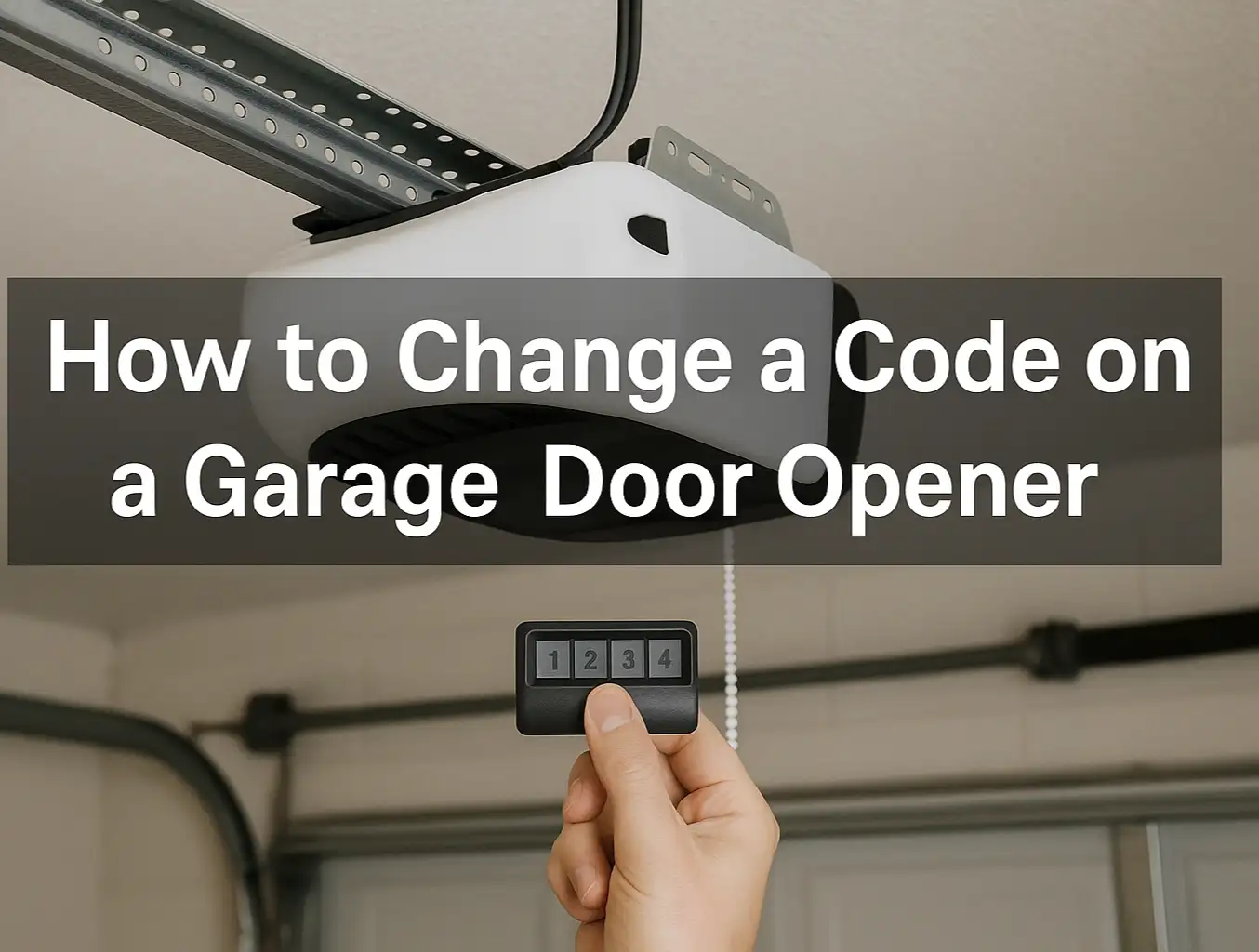How Do You Adjust a Garage Door Opener: Tuning Travel, Force & Sensors
Published: Aug 6, 2025
If your garage door isn’t closing all the way, stops short, or reverses for no reason, it might just need a quick adjustment. If you’re not sure how to adjust a garage door opener, don’t worry — you’re in the right place. 24H Garage Doors is here with a simple explanation of how to check and adjust the travel limits, force settings, and safety sensors for a smoother operation.
Set the Travel Limits

Travel limits control how far your garage door moves when opening or closing. If it stops too early or won’t shut all the way, a few small tweaks can usually fix it. Just be sure to unplug the opener or cut the power first — safety is always the top priority.
- Locate the travel adjustment screws on the garage door opener unit.
- Turn the up or down screw with a flathead screwdriver. A small clockwise turn usually increases travel.
- Test the door after each adjustment to avoid overdoing it.
Most garage door openers have the adjustment screws labeled “up” and “down,” but always check your model’s manual if you’re unsure. If the door still doesn’t close completely after adjustments, it might be a sign of a warped track or a worn-out seal.
Getting the door to close flush with the floor not only looks right — it can also keep out drafts, dust, and pests. Adjusting the travel is a good first step if you’re working on how to level a garage door.

Adjust the Force Settings
Force settings control how much power your opener uses to move the door. If the door stalls or reverses for no clear reason, the force may need adjustment.
- Locate the force adjustment dials or screws on the opener.
- Slightly increase or decrease the setting while testing the door.
- The door should open and close smoothly, but still reverse if something blocks its path.
Force settings adjust how hard your opener pushes or pulls the garage door. If the force is too low, the door might not open or close all the way. If it’s too high, it can be unsafe — especially around kids or pets. So it’s important not to overdo it.
Align the Safety Sensors

Every modern garage door opener includes safety sensors near the bottom of the tracks. These sensors help prevent the door from closing when something is in the way. When they’re out of alignment — which can easily be caused by bumps, vibrations, or dirt — the door might not close at all.
- Make sure both sensors are facing each other and are at the same height.
- Wipe off the lenses with a clean cloth.
- Check for solid green or amber lights. Blinking usually means a problem.
Proper sensor alignment isn’t just a technical detail — it’s a safety must-have. If the sensors continue to malfunction, it might be time for a garage door opener repair.

Summing Up
Now that you know how to adjust a garage door opener — from setting travel limits to adjusting force settings and aligning sensors — you can handle most minor issues yourself. These simple fixes can often prevent the need for a full repair visit.
If your garage door chains are noisy or sagging, don’t miss our step-by-step guide on how to adjust a garage door chain.
Not sure where to start? Reach out to 24H Garage Doors. We’re available day and night to keep your garage door running the way it should — safely, smoothly, and reliably.
You may also like


